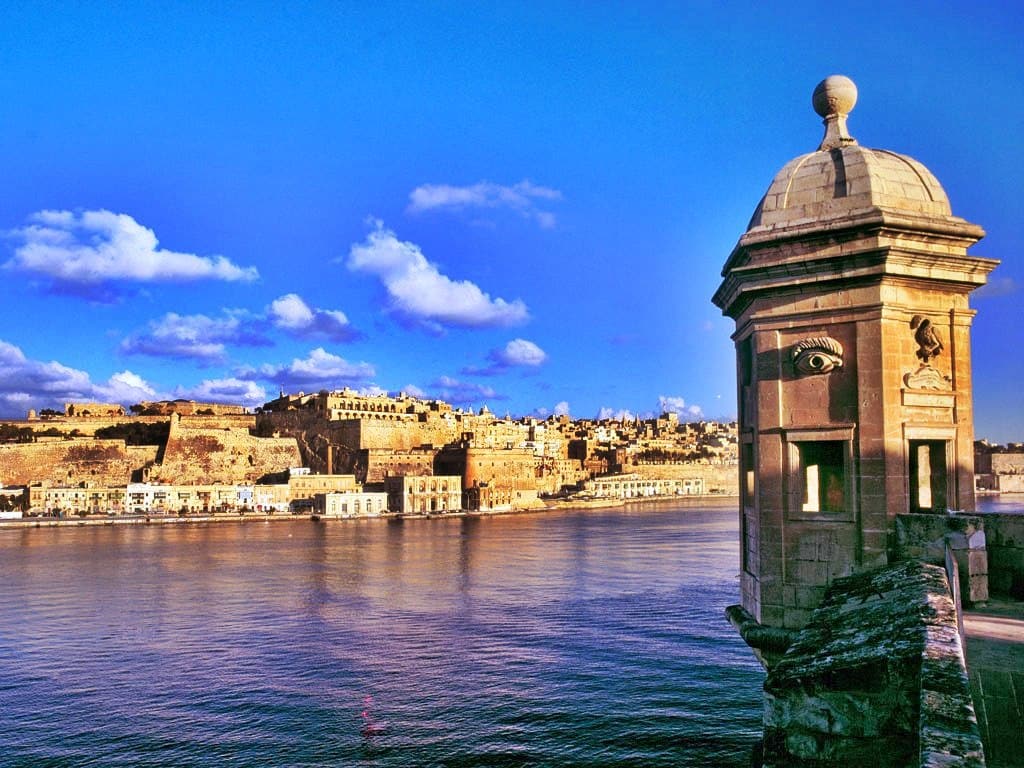
As the first home to the Knights of St. John in the 16th and 17th centuries, the Three Cities’ palaces, churches, forts, and bastions are far older than Valletta’s. Their harbour inlets have been in use since Phoenician times. The Grand Harbour was what made the Knights settle in that area. Trade and controlling the harbour were tremendously important.
Phoenicians, Greeks, Romans, Byzantines, Arabs, Normans, the Angevines, the Aragonese, and the Order of Saint John all contributed to the development of Birgu. The city was fortified in the 1530s and strengthened in the 1550s in preparation for an attack by the Ottoman Empire. This included the construction of the Castle of St Angelo, a large fortification separated from the city by a narrow channel, instead of the ancient Castrum Maris. The castle was connected to the city using a drawbridge.
Birgu was the site of major battles between the Knights and the Ottoman Empire during the Great Siege of Malta in 1565. After four months of successful defense by the Knights, the city was almost captured by the Ottoman army in August but was recaptured by the Knights under Grand Master Parisot de Valette. Reinforcements from Sicily arrived a month later, and the siege was abandoned by the Ottomans. After this, a new capital city was built on Mount Sceberras, bearing the name Valletta. In 1571, the Knights transferred their convent and seat to the new capital, and Birgu lost some of its importance. Despite this, after the Siege, Birgu was given the title Città Vittoriosa, Italian for “Victorious city”.
it has been inhabited since Neolithic Its maritime facilities started during ancient times around the Phoenician era c. 600 BC. Before the 18th century, it was known as Bormla, a name that is still in use. Its fortification walls, were constructed to protect the town and its neighbours, Birgu and Isla. Bormla, with its six kilometres of fortifications, is home to an impressive Parish church with an oratory full of works of art.
is also called Civitas Invicta because it managed to resist the Ottoman invasion. The island on which Isla lies was joined by a land bridge to Birgu during the time of the Knights of St.John and as a result, it became peninsular in shape. During the Second World War Senglea suffered heavy bombardments which devastated most of the city and killed many of its citizens. Isla hosts two astounding churches (namely St Philip’s and Our Lady of Victories) and has a lovely garden at its tip overlooking Grand Harbour where you can find a great example of a Gardjola watch post.